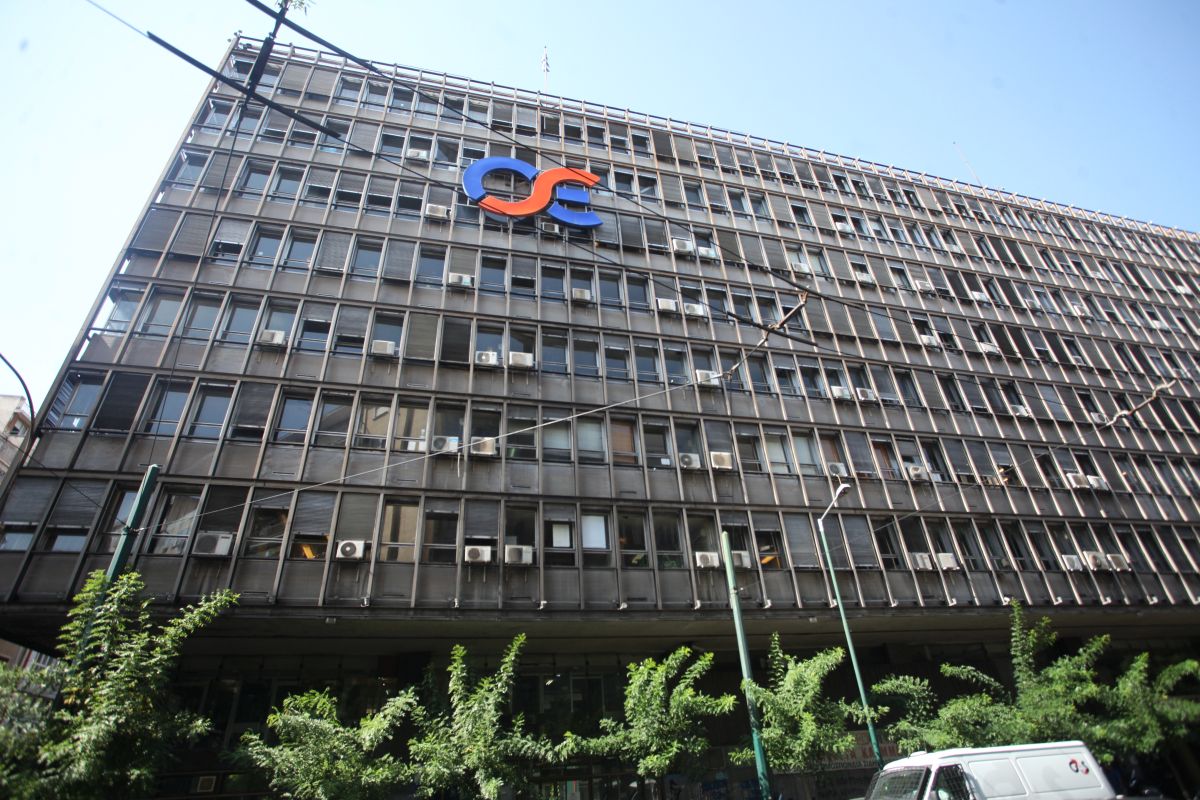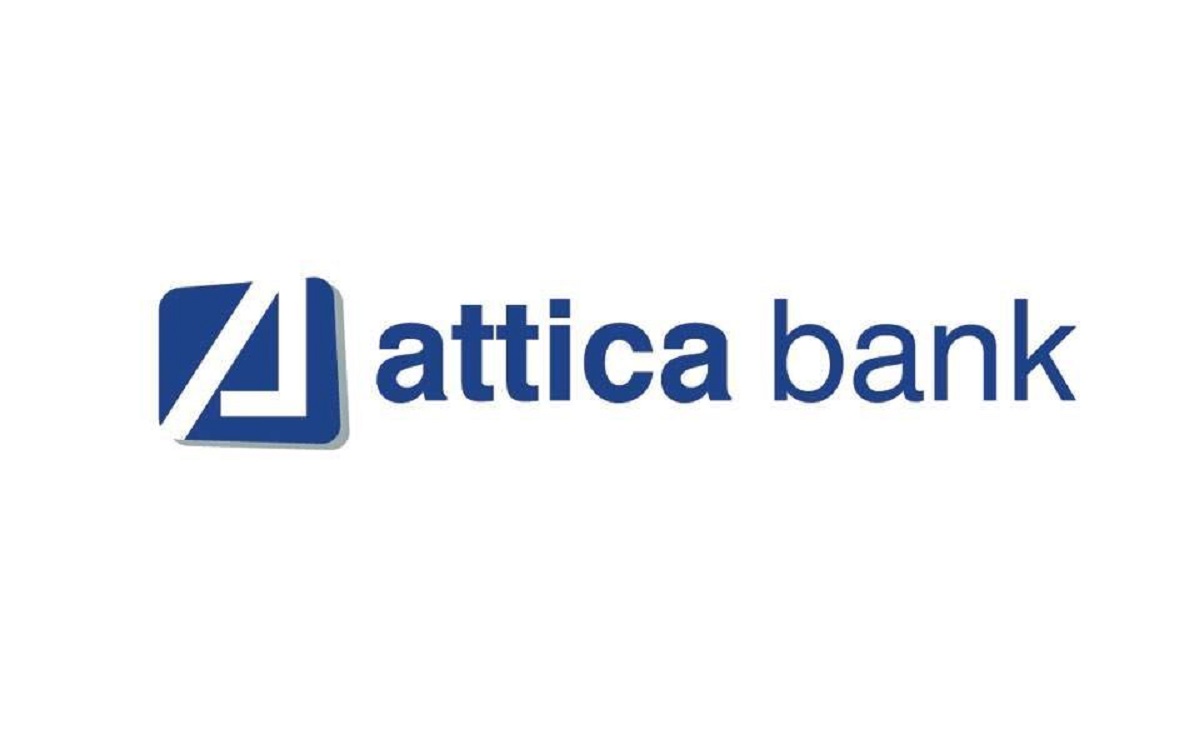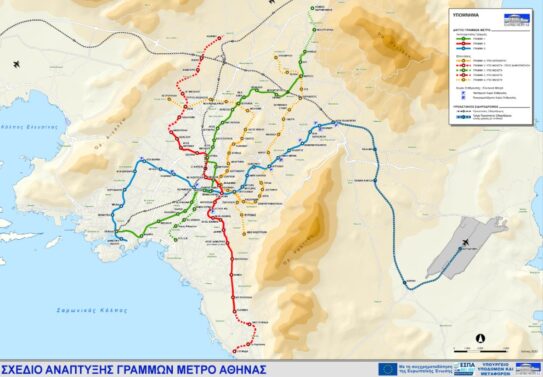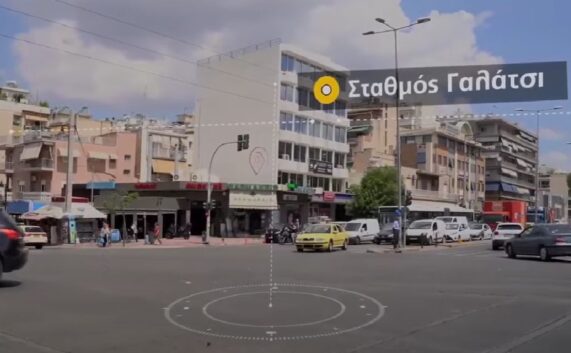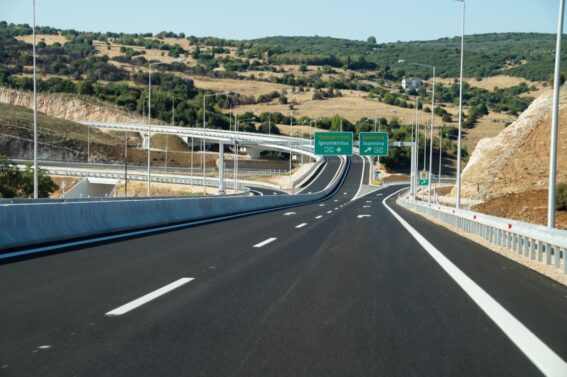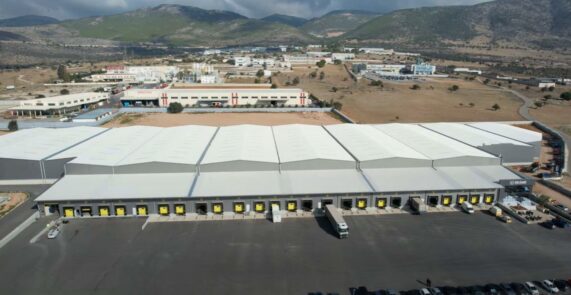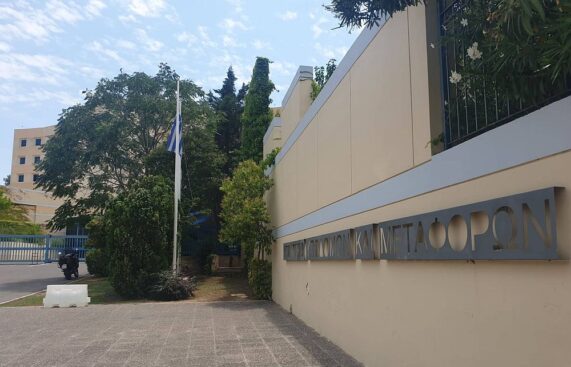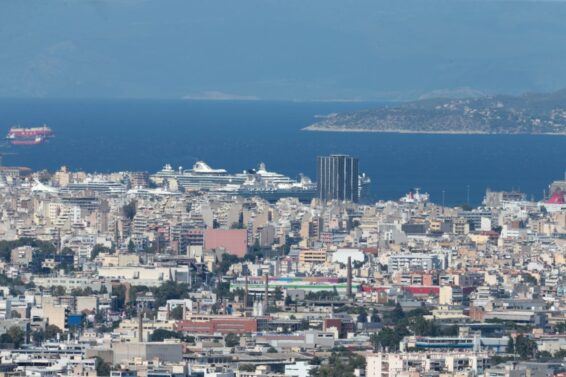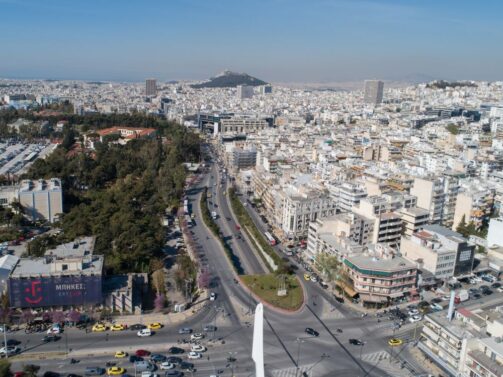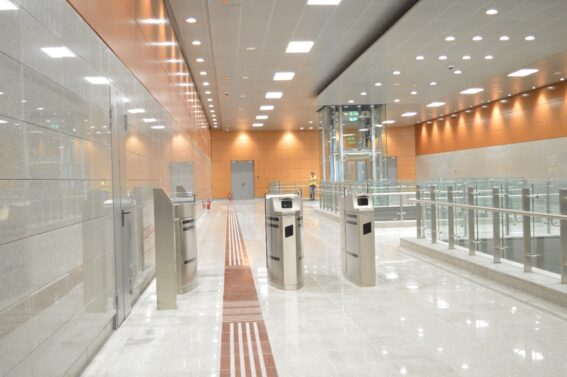Full refurbishment in terms both of appearance and operation, promises a new study that has been implemented by STASY SA for the trains of Athens Metro Line 1 (formerly ISAP). Essentially, this study aims to demonstrate whether it is more beneficial -economically- to rebuild the existing rolling stock or purchase new one.
Most likely, and due to the lack of funds for the purchase of new trains, which will require an amount of more than 100-150m euros, is the solution for the modernization of Line 1 trains that will give them a considerable extension to their service cycle and will make passenger services equivalent to Lines’ 2 and 3.
The results of the study will be the basis for the launch of an international tender by STASY (it will be the implementing entity of the project as the owner of Line 1’s fleet) with possible funding from the NSRF. The target is for the reconstruction to be implemented in the country, using domestic facilities adding more value with the creation of new jobs and the acquisition of know-how in such projects.
Based on the international experience, renovated trains could enter service from 8 to 10 months, starting with the decommissioned ones. It is estimated that within 24 months, the fleet could be fully renovated.
It is noted that in Line 1, the availability of trains is particularly limited and combined with the fact that Line 1 carries the heaviest passengers loads, delays are very frequent.
According to ypodomes.com, approximately 40% of the trains are not functional due to problems and shortage of spare parts, while the most recent models, entered service in 2004, (now accounting to 50% of available trains), making the incorporation of new technologies, mandatory, in terms of safety features in order to get back into circulation.
Problems with most trains are related to the energy-consuming traction system, the automatic doors (especially for the older models) and the absence of spare parts. More particularly, the replacement of the traction system is really important as it will bring a rapid damping of the reconstruction costs with the drastic reduction in energy consumption.
Is refurbishment the optimal solution?
Why rebuild? As reported by sources from the market, a general refurbishmen of the trains, would give them a 15-20 year extension in their lifetime, would boost fleet’s availability, and would equip them with all-new features. The purchase of new trains would need no more than 10 – 15% of the budget required for new rolling stock; maintenance costs will be reduced while the “lifting” could be generalized.
This means that interventions could be made on the chassis and the mechanical parts of the train while interiors, floors, passenger lounges could be also fully renovated, introducing new security characteristics, telematics, information systems for the passengers and a new generation of air conditioning units.
At a sensible cost, the renewed trains will be having a longer life span, while the quality of passenger services in the city’s Metro system will be upgrade 100%.
Nikos Karagiannis-ypodomes.com
ΜΗΝ ΞΕΧΑΣΕΤΕ
- Ακολουθήστε το ypodomes.com στο Google News και μάθετε πρώτοι όλες τις ειδήσεις για τις υποδομές στην Ελλάδα
- Αν είστε επαγγελματίας του κλάδου, ακολουθήστε μας στο LinkedIn
- Εγγραφείτε στο Ypodomes Web TV


